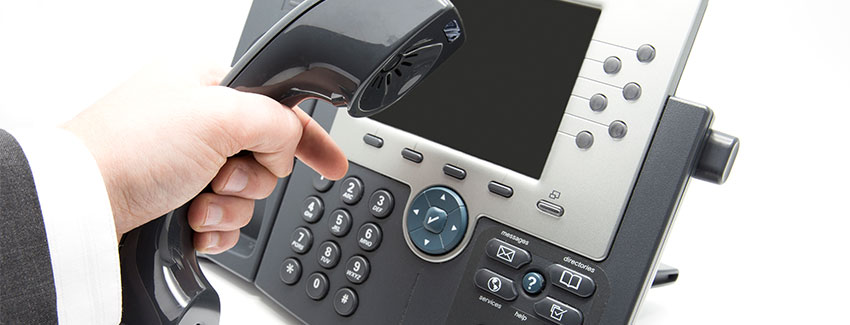Businesses can benefit from VoIP phone systems that offer flexibility and reliability. These software solutions can replace landline phones, eliminating costly long-distance and international calls.
VoIP system setups resemble traditional landlines, except that ethernet cables replace telephone wires. Ensure a strong internet connection with low latency and stability to get the most out of your VoIP Phone System solution.
Cost
By replacing outdated landlines with VoIP, businesses can save money on phone costs. But there are still a few key things to consider before implementing a new VoIP system.
One chief cost factor is the number of internal extensions (phones) you need. There’s a price to purchase, set up and install each desk IP phone, plus a monthly charge per extension.
It’s also important to consider the cost of additional services, such as unified communications and third-party integrations. Choosing a VoIP provider with these advanced tools can increase employee productivity and improve customer engagement, such as video conferencing or team messaging.
Some VoIP providers may also open up ways by creating a VoIP system from Ooma and have a setup fee or require you to pay for a new internet connection and router/IAD combo unit. Having these in place before upgrading to VoIP is best to avoid costly installation fees later. Additionally, you should ensure your network can handle the new traffic by testing your bandwidth.
Features
The right VoIP features can transform your business and provide a competitive edge. These tools range from automation and intelligent analytics to digital tools that make your team more effective.
One important feature to consider is a VoIP service that offers call forwarding and waiting, which are functions many organizations have come to expect from their traditional landline phones. This flexibility benefits customer service representatives, who can route calls to the most appropriate person quickly and efficiently.
A VoIP phone system also offers faxing capabilities through an online platform that allows your employees to send and receive faxes from any device, regardless of location. This way, they can address customers’ concerns even when not at the office. In addition, most VoIP systems allow you to port your existing local phone number to the new system, eliminating the need to notify customers of a change. This is an excellent way to avoid losing customers due to a sudden change in contact information.
Convenience
If your employees aren’t tied to a single desk location and frequently work remotely, you’ll appreciate that VoIP is portable and accessible from any device with internet access. Depending on the bandwidth of your business network, calls can be made and received from laptops, smartphones, or desktop computers.
Adding new phones to your office is a snap with VoIP. You’ll need to pay for the software, headsets, and professional services required to program each device, but you won’t have the high upfront costs associated with landlines.
Furthermore, VoIP doesn’t require installing new equipment, which can save your company money by eliminating the need for extra phone lines in your building (and the clutter and potential fire hazards that come with them). It also helps your business avoid costly long-distance fees since calls are converted to digital signals and transmitted via the Internet. To take advantage of this, you must ensure your company has a stable internet connection with low latency and jitter.
Security
If you’re using an on-premise system, your hardware connects to the PBX server via standard LAN connections. The server can have a static IP address, which makes it consistently accessible for VoIP hardware. The PBX can also be installed on a separate subnetwork for security and simplicity.
To avoid compromising your business data, choose a provider with encryption processes for call and chat communication. This prevents hackers from accessing confidential information even if they gain access to your network. Implementing an employee security policy and requiring them to change passwords regularly is also a good idea.
Look for a unified communications solution integrating third-party applications to increase productivity and improve customer experience. RingCentral, for example, has a full range of integrations, from audio and video conferencing to team messaging and business continuity tools.

